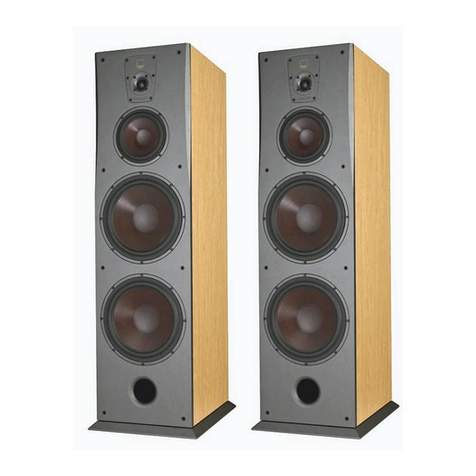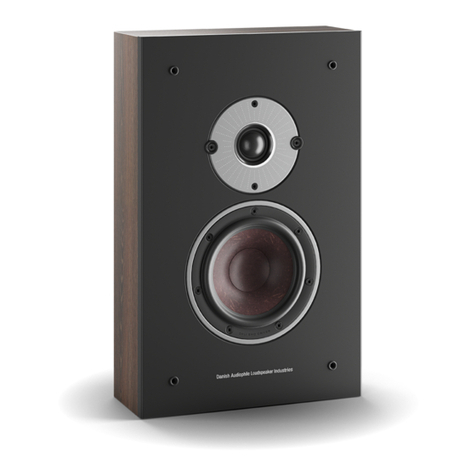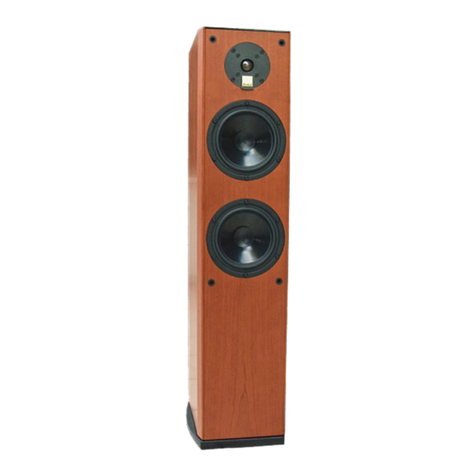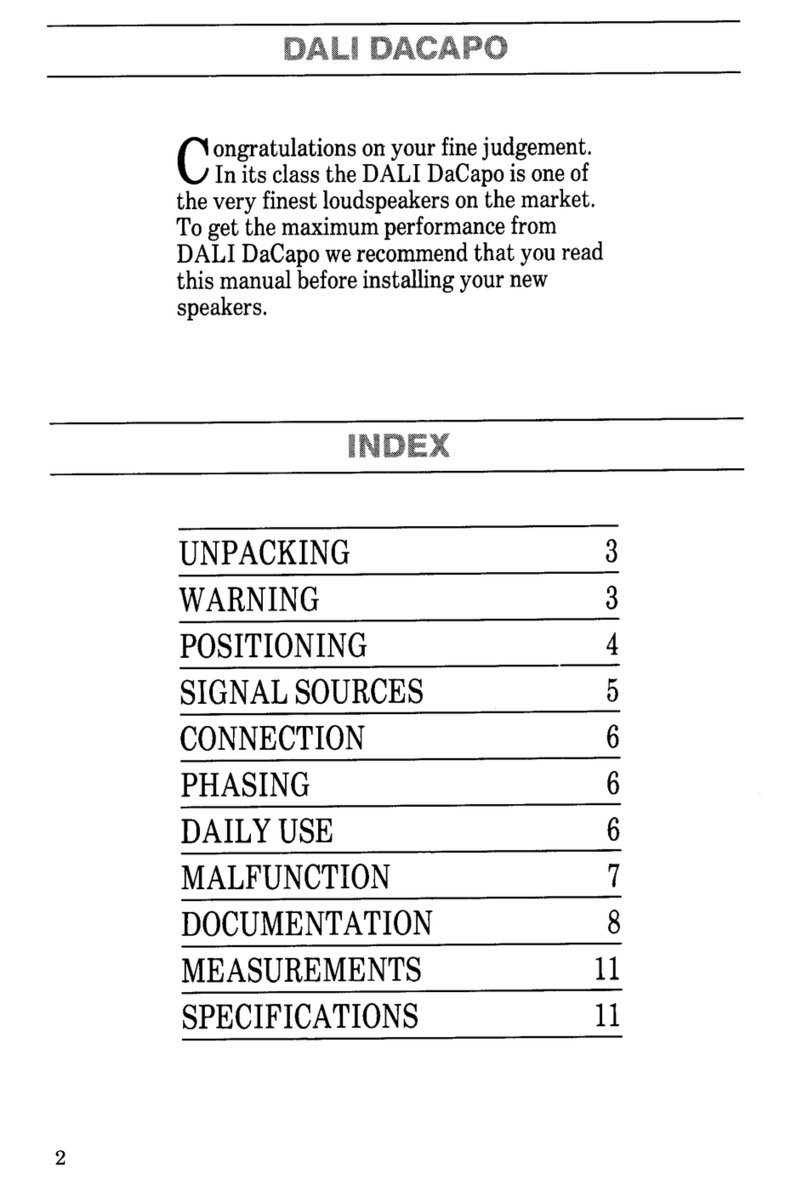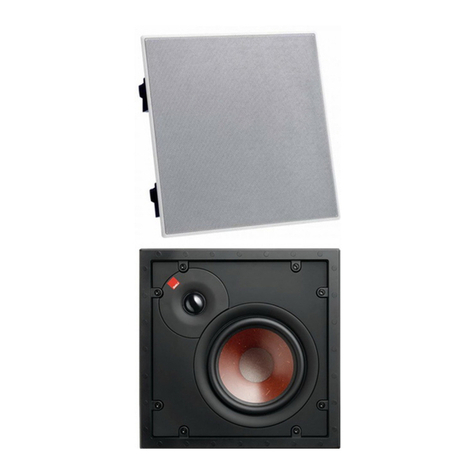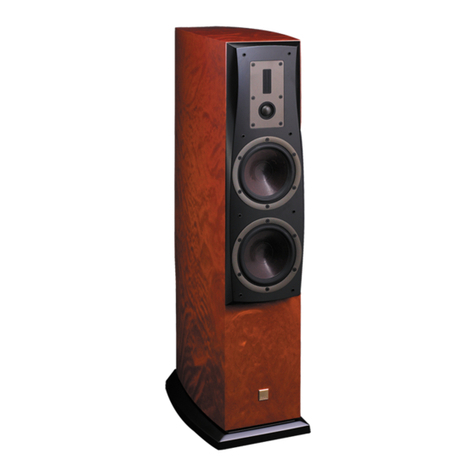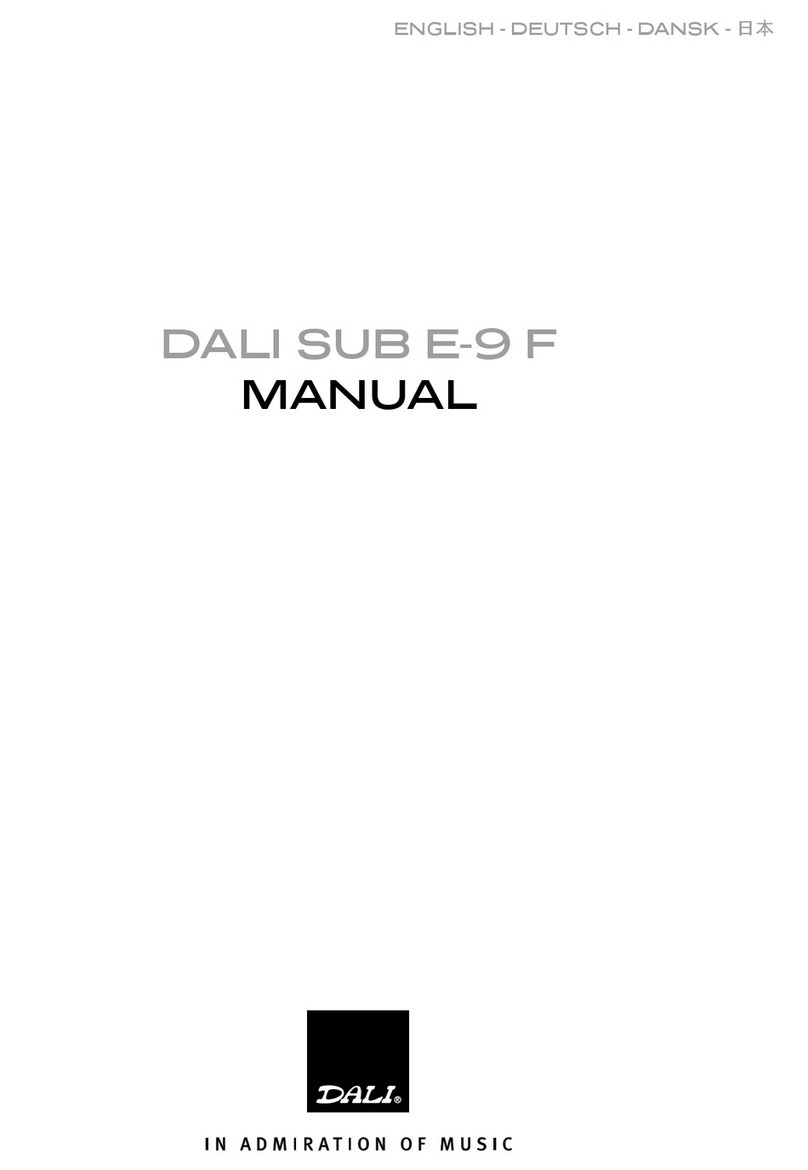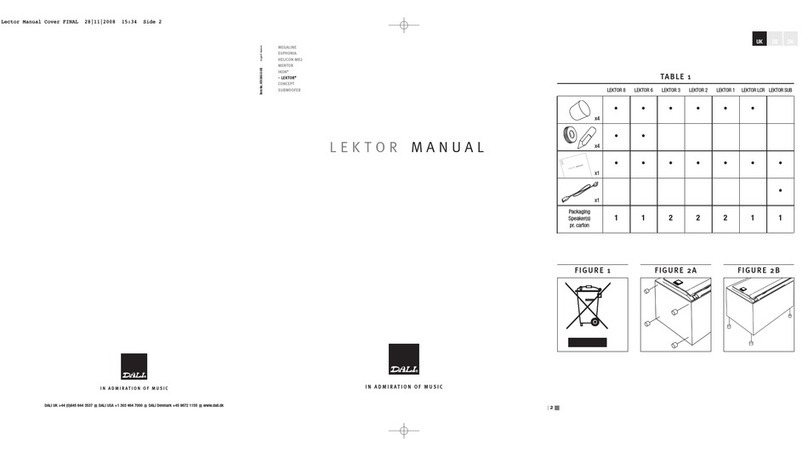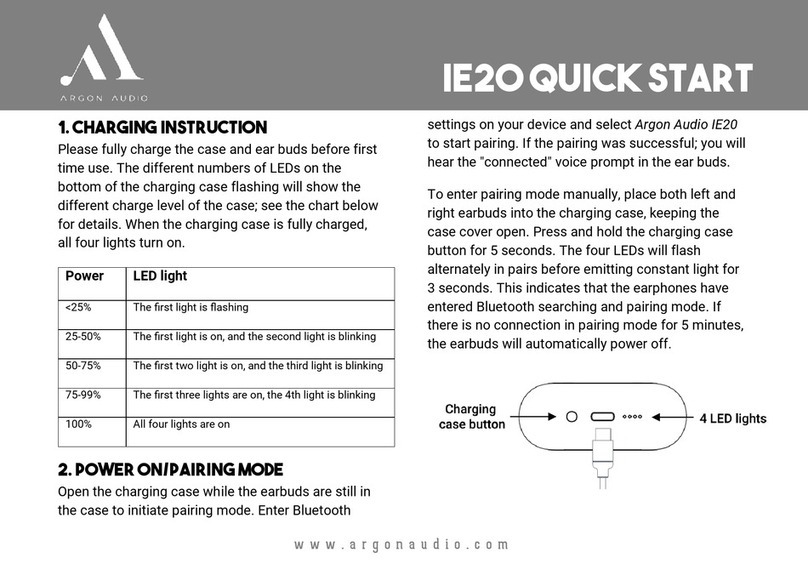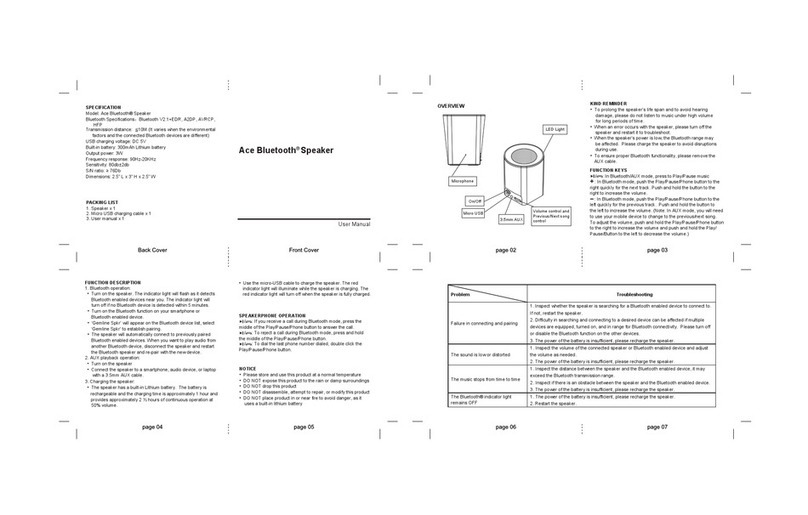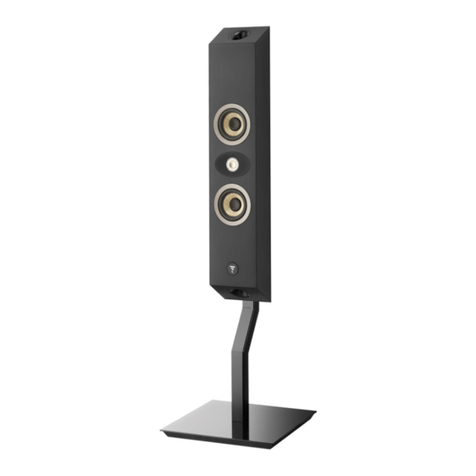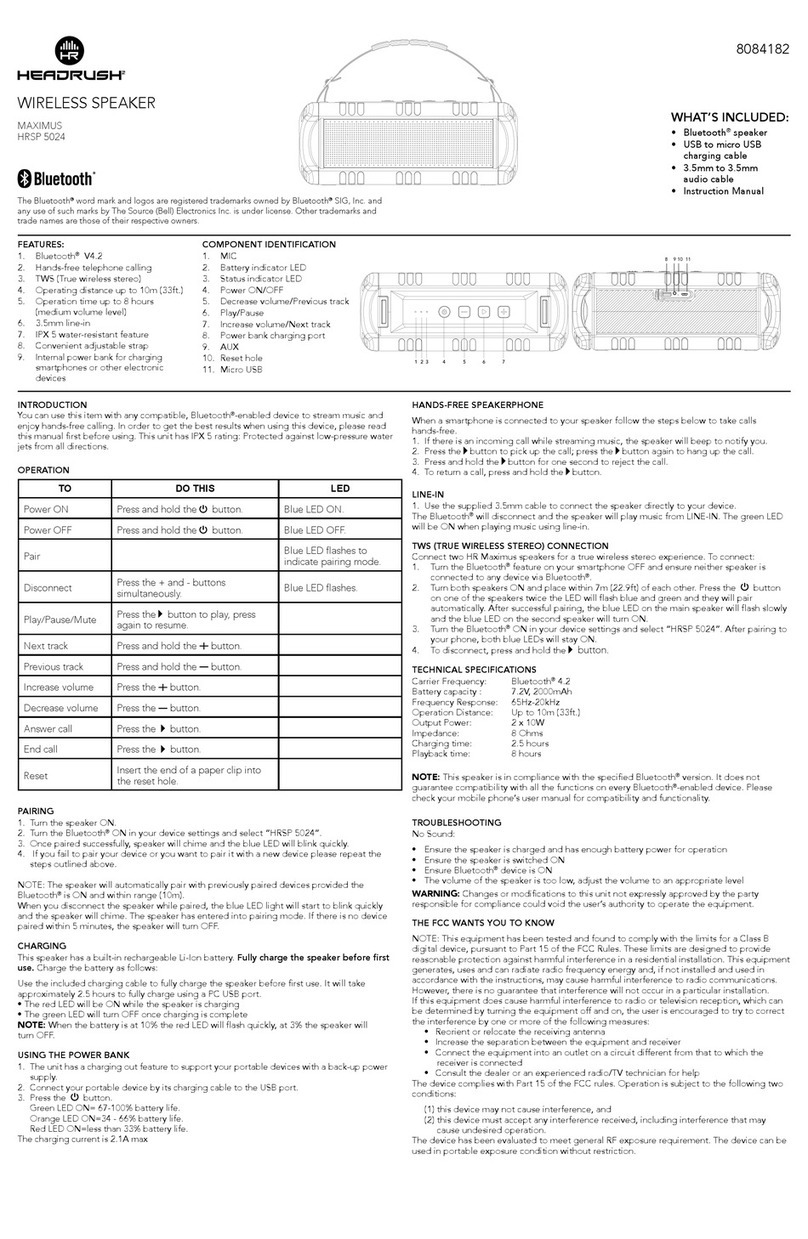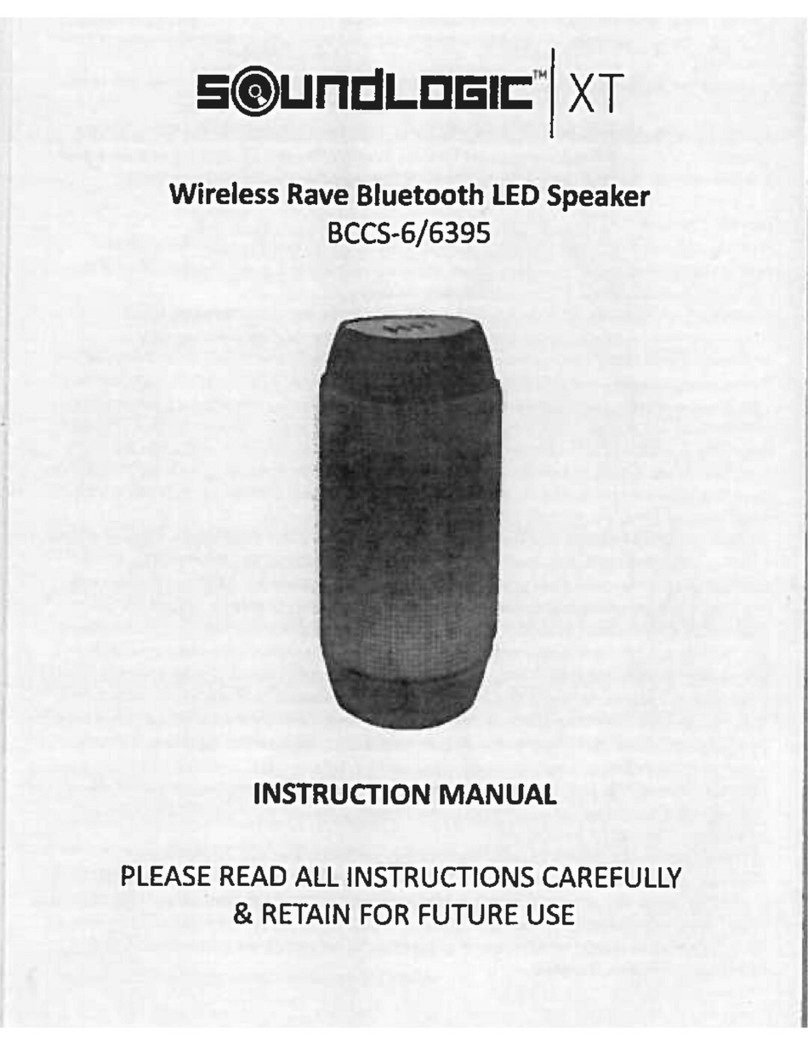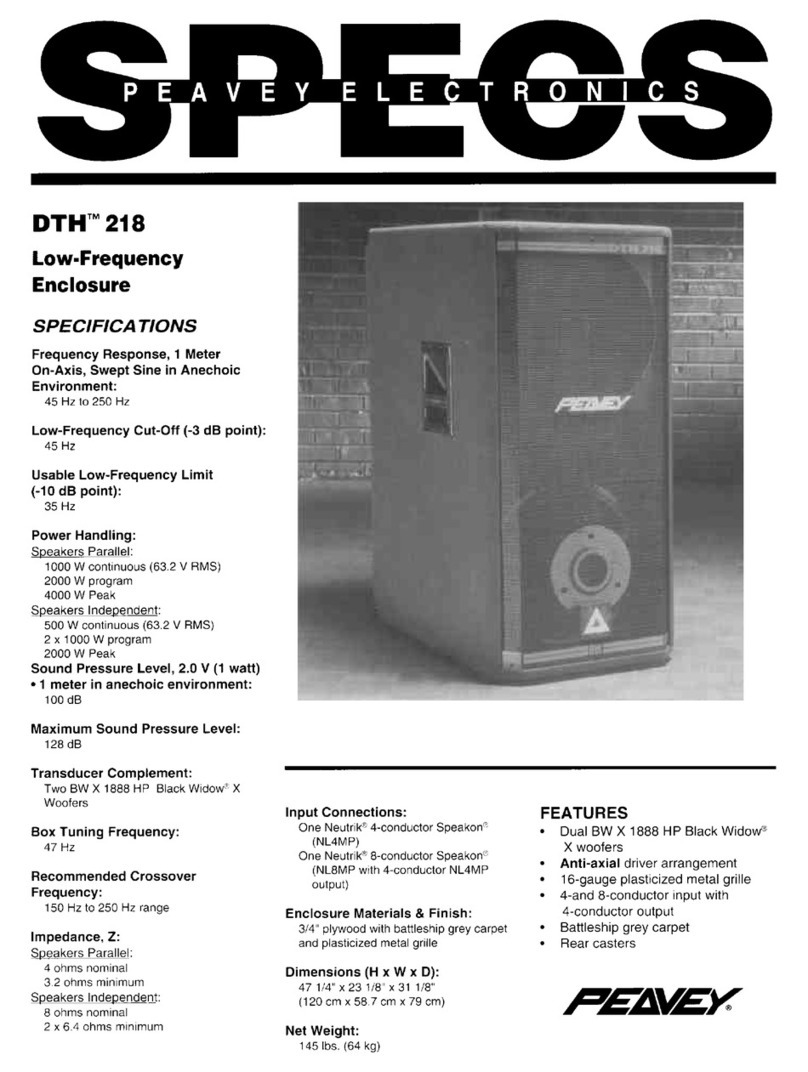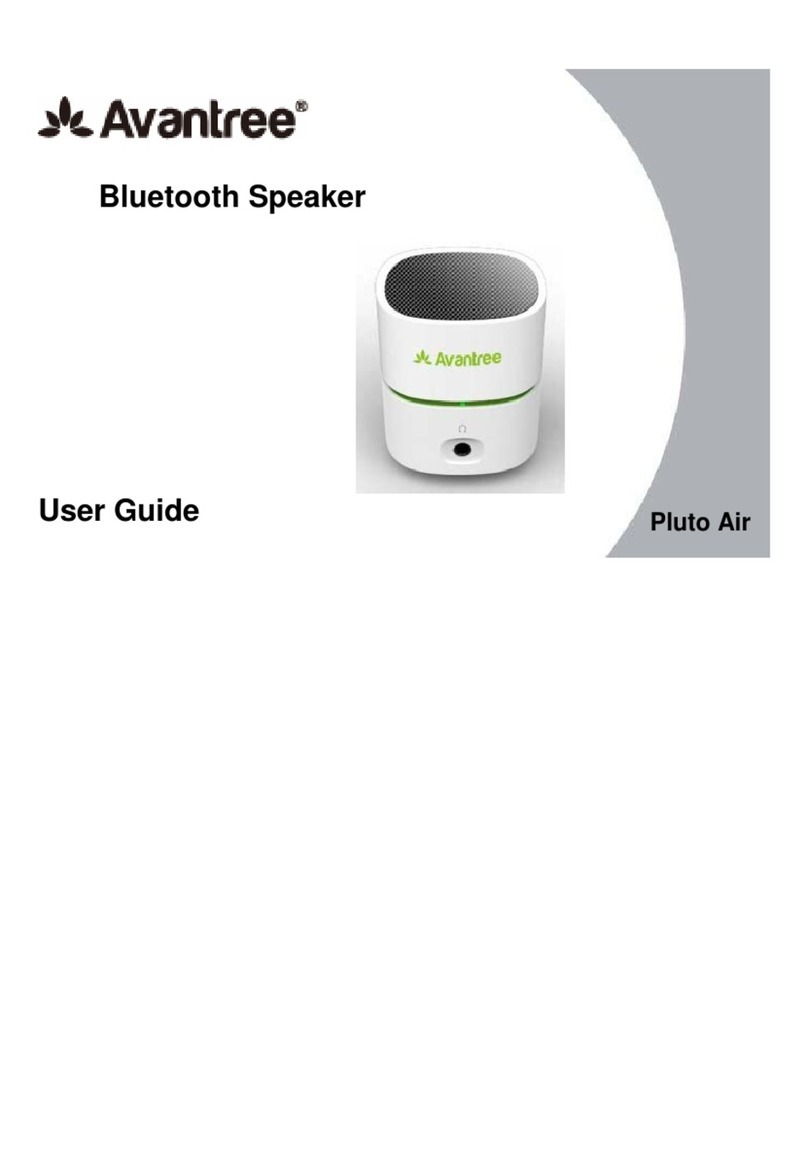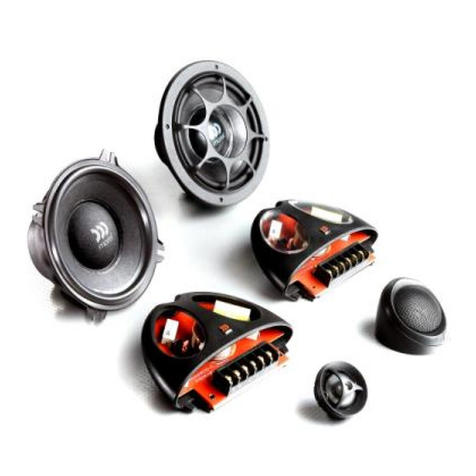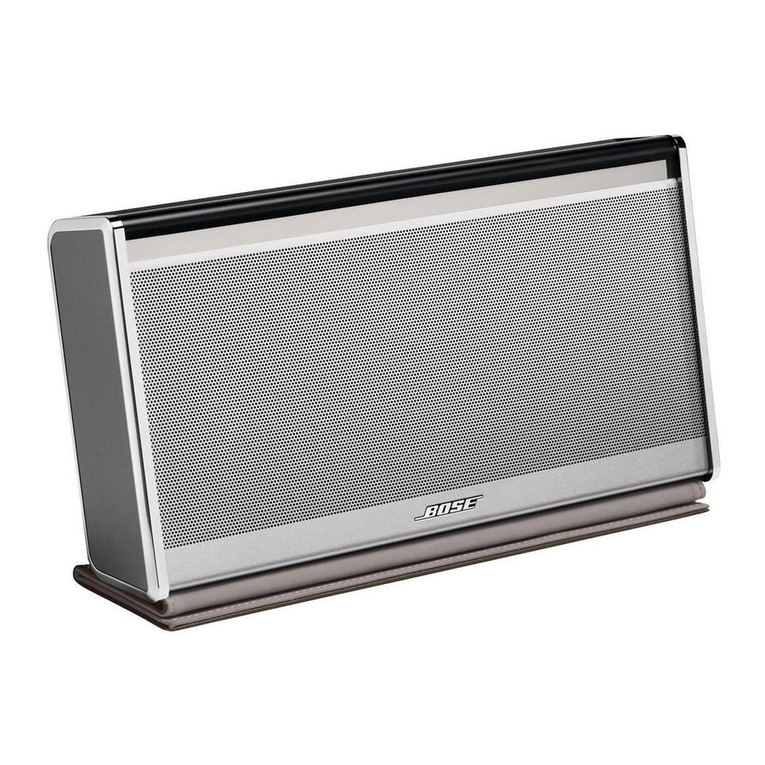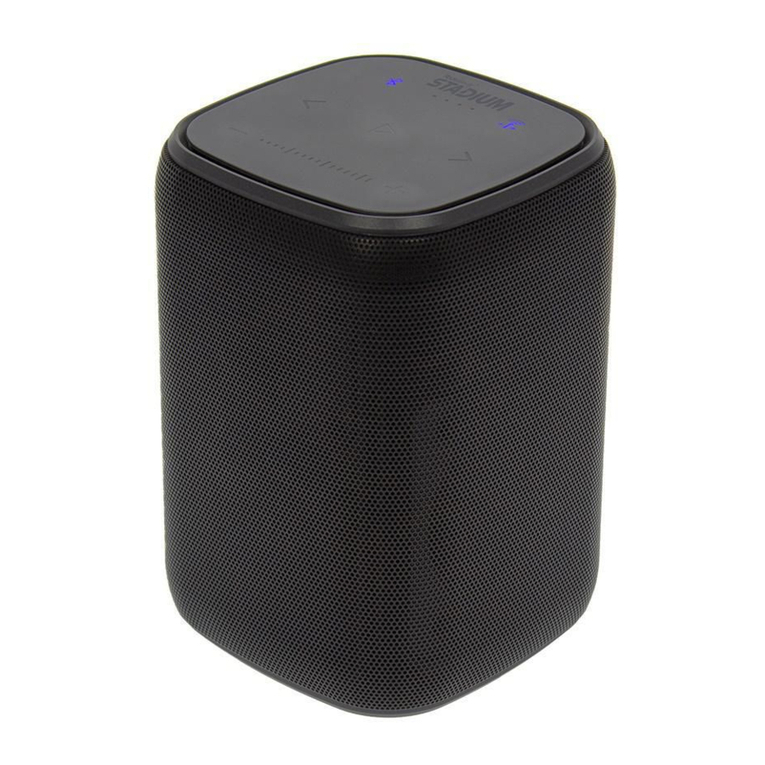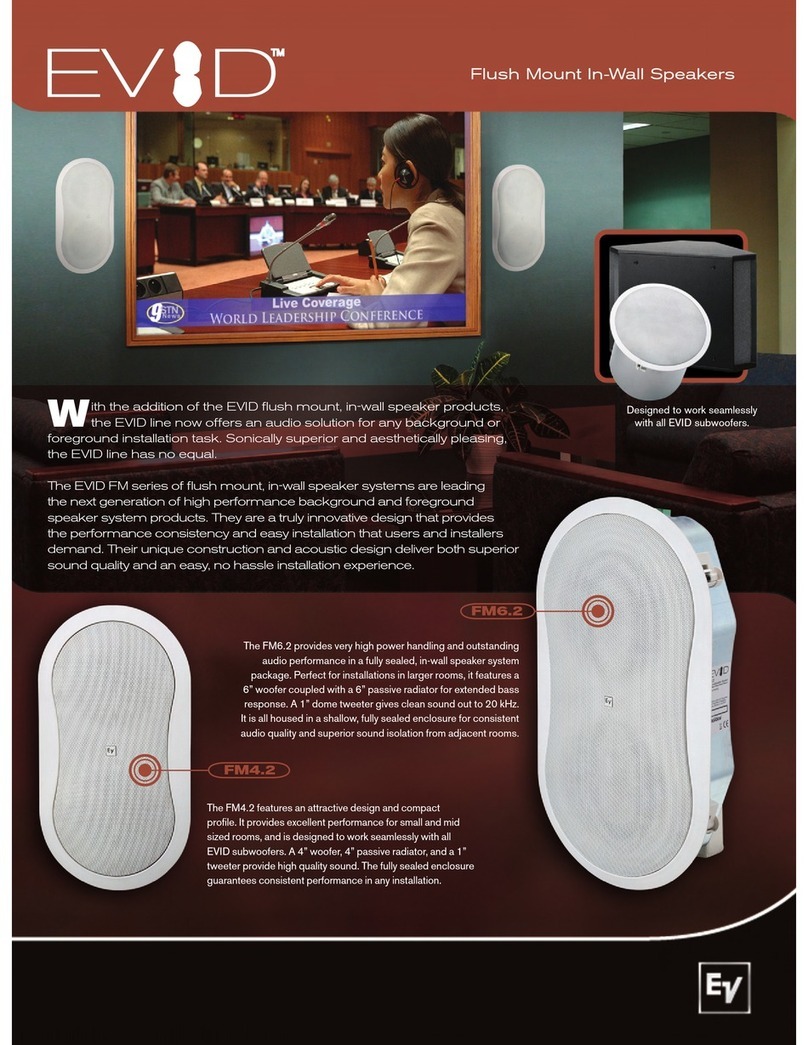
2.0 Safety Precautions
• Always follow all safe precautions.
• It is recommended that the PHANTOM IW SUB S-100
should be installed by competent professional audio
installation technicians.
• The SUB S-100 must only be used indoors and never in
extreme humid, hot or cold temperatures.
• The SUB S-100 must only be used with the matching AMP-
2500 DSP amplifier.
• The SUB S-100 should not be exposed to continual direct
sunlight.
• Ensure that there are no service installations such as
electrical or data cables, gas or water pipes, or ventilation
ducts present in the wall at the SUB S-100 mounting
location.
• Ensure that the wall is easily able to support the weight of the
SUB S-100 subwoofer. If necessary consult an appropriately
qualified structural engineer for advice.
• When installing a SUB S-100 in a plasterboard/dry wall we
recommend that two layers of plasterboard are used in the area
around the subwoofer. If it is not possible to use two layers of
plasterboard, we recommend one of these measures:
• Reinforce the single layer plasterboard beneath the dogleg
clamps using wood pieces measuring at least 75 mm x 30 mm x
3 mm thick (3 in x 1.2 in x 0.125 in). Or…
• Install the SUB S-100 on-wall using a DALI PHANTOM S-80
On-Wall Frame (OW FRAME S-80).
• If the SUB S-100 subwoofer is to be installed in a wall where
a vapour barrier is present, ensure that the barrier is not
compromised during installation.
• Ensure that the AMP-2500 DSP driving amplifier is switched o
when connecting cables between the SUB S-100 subwoofer and
the amplifier.
4

